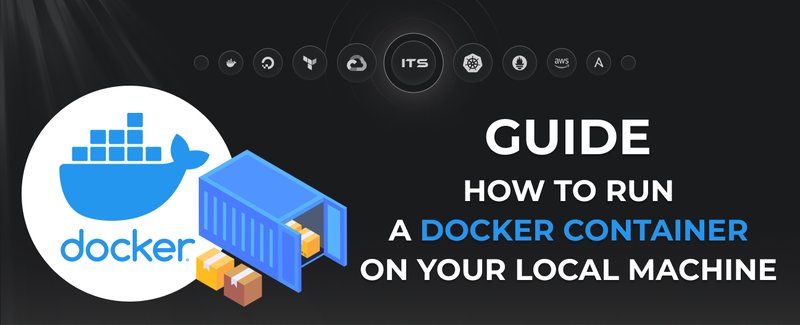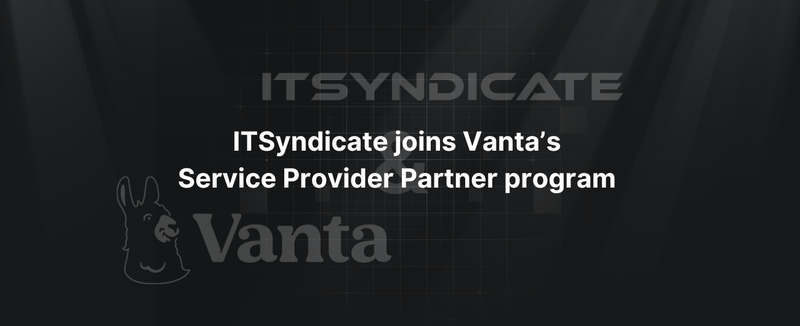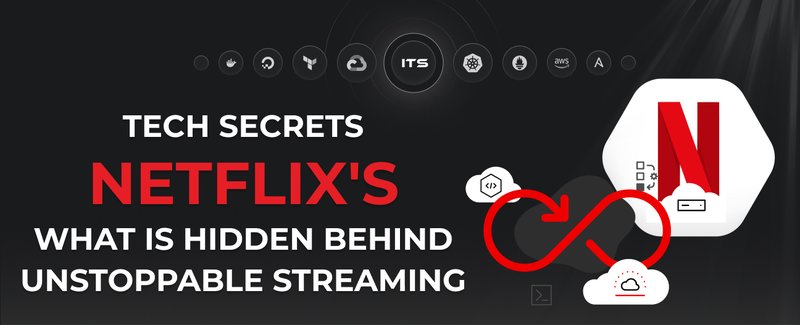As cloud technology integrates more businesses, the topmost consideration is given to cloud infrastructure security. The cloud presents an environment where scale and efficiency can be realized but brings about several other risks to its security. In the discussion below, we look into the top 10 security challenges in cloud computing and the recommended best strategies for their mitigation.
1. Data breaches
Data breaches are among the most common risks to cloud infrastructure, wherein sensitive data is stolen or uncovered by wrong individuals. In a secure cloud computing environment, information is mostly retained on off-site servers - that is why it becomes web-accessible and hence more prone to attacks. Once security is insufficient, all sensitive information, including customer data, intellectual property, or financial records, can be exposed to risk.
Access to data must be secured as a priority for organizations. This shall include adopting sound encryption mechanisms for protecting data at rest and in transit. In this way, even if attackers can intercept the data, they will not read it if they do not have the key for decrypting it. It further requires that an organization puts stringent controls on access. Multi-factor authentication (MFA), role-based access control (RBAC), and periodic access audits are among the key strategies in an organization to reduce unauthorized access.
It is equally important to integrate data loss prevention (DLP) solutions that can monitor and control the flow by not letting data, especially sensitive information, travel to insecure endpoints. With such practices, exposure to data breaches is minimized, and the integrity of information is guarded, ensuring strong cloud network security.
2. Insufficient identity and access management (IAM)
One of the key components of network security in cloud computing is that only authorized users should be able to access critical systems. However, improper IAM implementations can actually create security vulnerabilities. This might include weak password policies, relaxed access controls, and no usage of multi-factor authentication (MFA). Such common weaknesses are exploited by attackers for cloud-resource-based unauthorized access, which may result in data exfiltration, sabotage, or service disruption.
One of the best ways to address this is for firms to have a robust IAM solution that enforces policies on password complexity, periodic password changes, and mandatory MFA for access to sensitive systems. Another way would be using single sign-on (SSO) solutions, which would further ease the processes of managing accesses and add more security. SSO allows users to authenticate once and access multiple systems securely, which reduces risks related to password management and strengthens overall cloud computing security services.
Another crucial aspect is privileged access management (PAM), which ensures that only authorized staff can access highly sensitive systems and data. By restricting the number of users who can access infrastructure and monitoring privileged accounts for suspicious activity, breaches will be channeled down to minimum risks for any organization.
3. Misconfiguration and insecure APIs
Cloud misconfigurations represent one of the biggest security challenges. When a cloud environment is misconfigured, it exposes a huge part of an organization’s sensitive data asset to the open internet, refreshing preying past cyber-attacks. For example, insecure permission configurations in cloud storage options may lead to sensitive data being accessible to anyone who has the correct URL. In 2020, misconfigurations accounted for 33% of all cloud infrastructure security incidents.
Another big source of risks is insecure APIs (Application Programming Interfaces). Because it is the functionality provided by the different cloud services, insecure APIs can act as the point of entry for the attackers. Data may be exposed or systems on the cloud accessed by unauthorized users with APIs not implemented securely.
This is why organizations should proactively maintain and monitor cloud configurations for security. Automated security tools routinely scan the cloud environment for misconfigurations and provide real-time alerts if vulnerabilities are detected. Implementing authentication and encryption mechanisms, such as OAuth and SSL/TLS, is equally important in secure cloud computing. Rate limiting can also be used to mitigate distributed denial-of-service (DDoS) attacks against APIs.
4. Compliance violations
Many organizations work in highly regulated sectors such as health, finance, and e-commerce where stringent regulatory requirements need to be adhered to. Regulations such as GDPR, HIPAA, PCI DSS, which require very strict measures for protecting data and privacy— are implemented. Not meeting these standards can lead to heavy penalties and fines and damage to the reputation of the organization.
Compliance gets more complicated in the cloud since organizations must ensure their cloud provider complies with the same regulatory standards. The shared responsibility model in cloud computing sometimes seems rather unclear about who’s responsible for ensuring compliance.
To mitigate risks of compliance violation, an organization should perform regular audits on compliance and work hand in hand with the cloud provider to set clear guidelines on roles and responsibilities. Cloud infrastructure security must also be ensured through data encryption, anonymization, and access control measures. Apart from this, cloud governance frameworks support defining policies and guidelines wherein organizations ensure that their cloud operations align with industry standards. Compliance with industry standards may well be granted through the certification of cloud providers on compliance issues since they often provide tools for the same to their customers.
5. Lack of cloud security expertise
A skill gap results from cloud technology advancing much faster than the number of available cloud security experts. This leaves many organizations with limited or no ability to manage and secure their cloud network properly due to insufficient in-house expertise. Hence, no expertise is a major killer to cloud infrastructure security when deployed in a complex multi-cloud environment.
There are a few ways in which organizations can address this challenge. First, they train their staff on the security risks and best practices of securing the cloud. Many providers offer certification programs that allow various IT professionals to acquire these skills. Second, organizations can leave cloud security management to third-party firms. Managed security service providers (MSSPs) can provide continuous monitoring as well as threat detection and incident response capabilities to an organization to assure a high level of security in the cloud without building in-house expertise from ground zero.
6. Data loss
Data stored in the cloud may be vulnerable to accidental deletion or to hardware failure or to any of the growing forms of cyberattack, such as ransomware. The loss of data can be catastrophic for business because it can lead to operational downtime and loss of customer trust, as well as going to the extent of legal consequences.
This way, the risk of losing data can be greatly mitigated. Organizations must have robust backup and disaster recovery plans. For this to work effectively, data must be periodically backed up to multiple geographic locations, with redundant copies of critical data also stored in a secure location. Further, periodic testing by the organization of its disaster recovery protocols is what will ensure that the data can be restored post any failure or breach.
While data replication and disaster recovery solutions are typically included when working with cloud providers, businesses should not give themselves entirely to these services. Versioning, along with incremental backups, can also help recover data that might have been corrupted or lost because of human error or malware.
7. Account hijacking
Account hijacking is one of the most common vulnerabilities in a cloud environment, where incoming credentials open the way to cloud resources. Phishing attacks, weak passwords, and bad practices of credential management may lead to incidents of account hijacking. After obtaining control of an account, attackers use it for many malfeasance actions like data exfiltration, DDoS launching, and malware deployment.
To mitigate the risk of account hijacking, organizations should implement strong authentication methodologies, like MFA, so even if the credentials are compromised, attackers will not be able to break in easily. Some passwordless authentication options include an additional security method, like biometric confirmation or hardware tokens. Also, this is something that companies should do: keep track of the login activity for abnormal or suspicious activities. Anomaly detection systems could signify an impending account takeover situation. These measures contribute to stronger cloud network security.
8. Internal threats
While external attacks hog the limelight, insider threats can be as much risky or even more. Employees or contractors having legitimate access to critical systems can willfully or accidentally compromise cloud security. Former, dissatisfied employees might be aiming to harm by leaking sensitive or sabotaging systems to the companies' current staff, who could be very ignorant and could involuntarily expose security measures by not following security protocols.
The insider threat can be mitigated by enforcing very tight access controls, continuous monitoring of users, and comprehensive security training for all employees. The principle of least privilege should be in force in that employees are permitted access only to those systems and data that are directly required for them to do their jobs. Suspicious activity can be detected by implementing user behavior analytics, which monitors how employees interact with resources in the cloud, looking for anomalies compared to standard behavioral patterns.
9. Shared responsibility model confusion
One of the fundamental concepts of cloud security is the shared responsibility model, in which the division of security responsibilities between the cloud provider and the customer is defined. However, confusion about this model can all too often lead to security gaps. Organizations may incorrectly assume that the cloud provider is responsible for securing those areas actually under the customer’s control.
This risk can be mitigated if organizations have a clear view of their security responsibilities and see that they are putting in place the required controls for securing their data, plus applications and user access. While documentation on this model is typically available from cloud providers, organizations would assess security in partnership with their suppliers to ensure all potential security gaps are addressed, further enhancing network security in cloud computing.
10. Lack of incident response plan
To contain the impact, a response to such a security incident must be swift and efficient. Yet many firms (although large these days) do not have specific incidence plans in place to deal with breaches that may happen within their cloud environment, leaving firms very ad hoc in their approach. Slow or misguided coordination could further lead to downtime that already looks prolonged, loss of data, and further security breaches.
To address this challenge, organizations must develop a comprehensive incident response plan custom to their environment in the cloud. These plans will ensure detailed procedures for detecting, responding to, and mitigating security incidents. It shall also be ensured by the organization that owns the incident response plan to test it regularly and update it from time to time to be prepared whenever there is a breach.
Tackling cloud security pain points
While cloud computing has numerous advantages, it has some great security risks. The kind of risks that business organizations must deal with to ensure the protection of their systems come in terms of data breaches, compliance issues, and misconfigurations. Risks can be reduced by ensuring proper configurations, secure APIs, and continuous audits of these configurations. The shared responsibility model needs to be well understood, and companies also need to invest in expertise in cloud security. Indeed, effective measures of proactive security are to be laid out if the benefits of cloud computing are to be realized in absolute safety.
Docker commands and Dockerfile usage for running containers on a local machine
Docker commands and Dockerfile usage for running containers on a local machine
Netflix tech stack for powering streaming backend and cloud solutions





